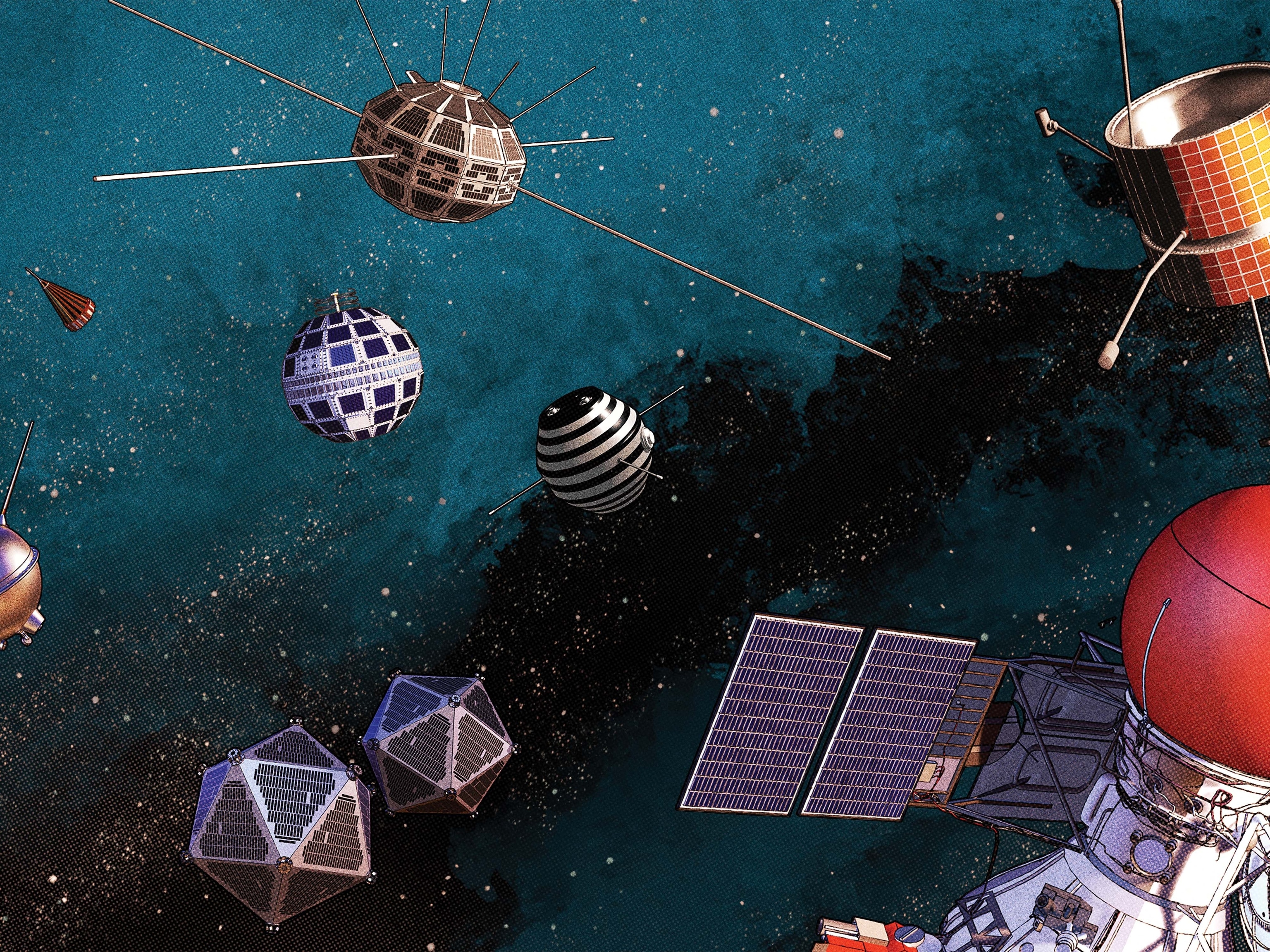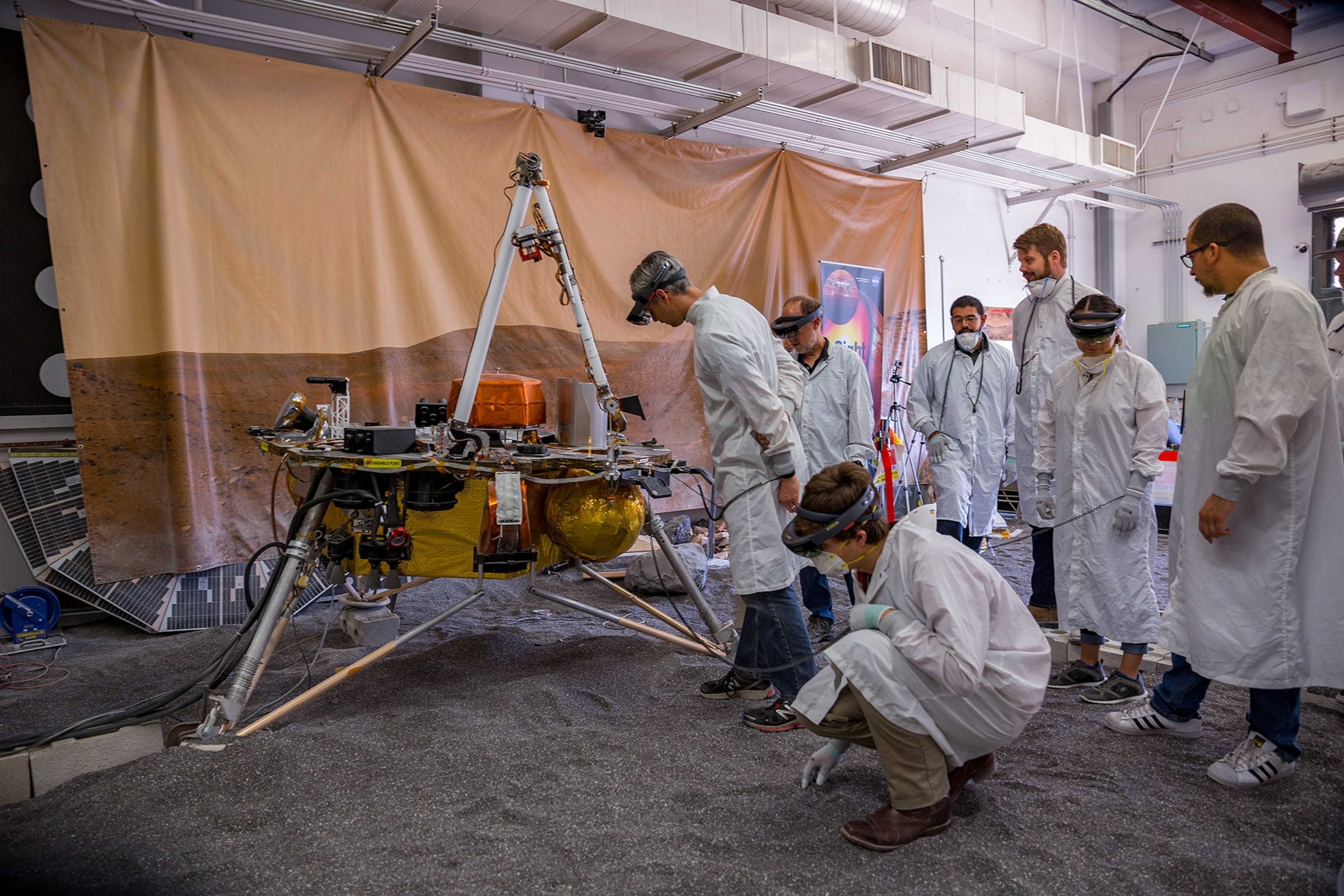
Landing on Mars is harder than you think. Here’s how NASA prepares.
Practice makes perfect when sending a robot on the perilous journey to the red planet.
Please wish Julie Wertz-Chen the most boring week possible.
“If we’re bored, life is good,” the aerospace systems engineer says. After all, in just a few short days Wertz-Chen and her colleagues will attempt to safely set NASA’s InSight spacecraft on Mars. It’s a decidedly non-boring feat that could make this holiday week, which is normally full of extra stress for many of us, especially tense.
Landing a spacecraft on Mars might sound routine at this point, yet it’s anything but ordinary. Of the 50-odd times humans have flung various bits of hardware at Mars, whether destined for the surface or Martian orbit, more than half have failed. As of 2018, the United States is the only nation that has successfully put a rover on the surface of the red planet.
At NASA’s Jet Propulsion Laboratory, which is managing the InSight mission, multiple teams must practice, practice, practice to ensure that everything is as perfect as possible before the actual landing time arrives.
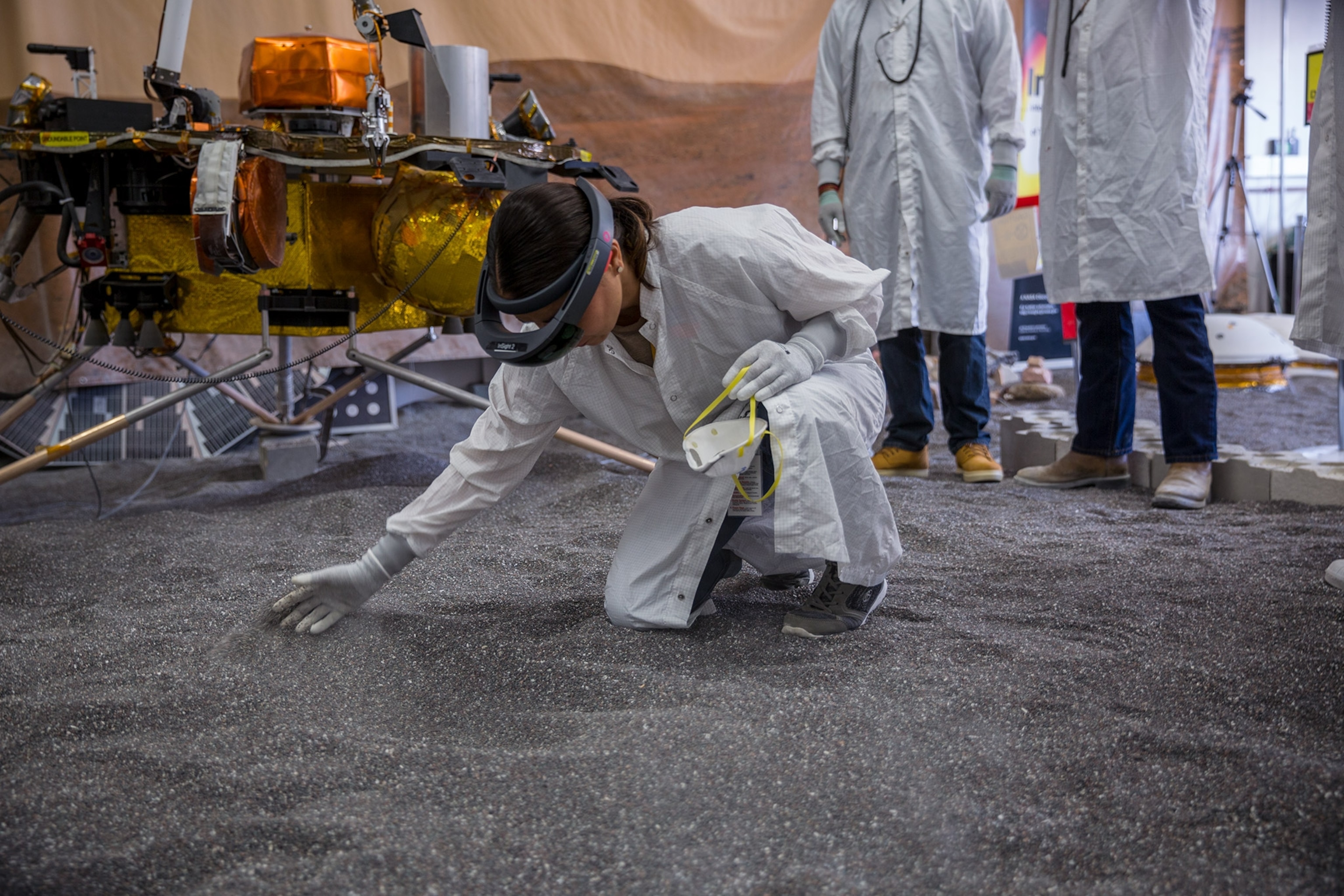
For Wertz-Chen, who’s on the entry, descent, and landing team, that means running numerous flight dynamics simulations over and over again, using updated spacecraft trajectories as they become available. Then, it’s ultimately a question of watching, waiting, and letting orbital dynamics do the rest.
“The simulations are only going to be as good as what we’ve thought to simulate,” she says. ”A lot of times, the things that could end up ‘killing you’ are the things you haven’t thought of.”
Martian death dives
Mars has killed many a spacecraft in the past.
The latest casualty was the European Space Agency’s Schiaparelli lander, which did not survive an ultimately uncontrolled descent to the surface in 2016, although its paired ExoMars orbiter did arrive safe and sound. More notably, perhaps, was the time NASA crashed a spacecraft into the Martian south pole in 1999, just a year after its Mars Climate Orbiter had disintegrated in the red planet’s atmosphere because teams hadn’t all used the same units of measurement in their calculations.
Getting InSight safely to its landing site on November 26 means that a number of events have to unfold with exquisite precision. The spacecraft isn’t as heavy as the Curiosity rover, so there will be no retrorocket-powered sky crane involved, nor will there be any gigantic airbags like those that bounced the twin Spirit and Opportunity rovers into position. Instead, like the Phoenix lander before it, InSight will simply deploy its parachute once it reaches the thin Martian atmosphere, and will start to coast through alien skies.
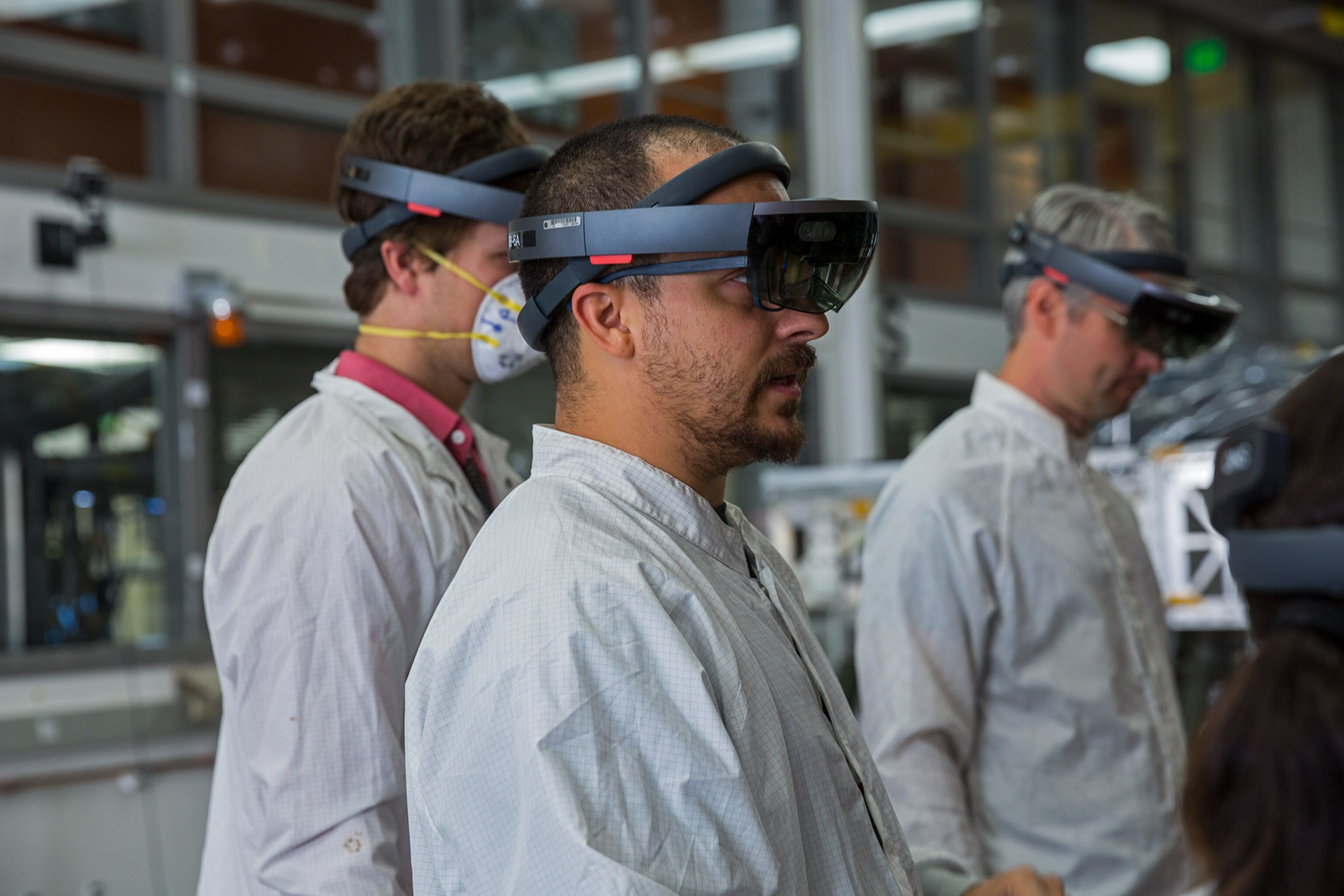
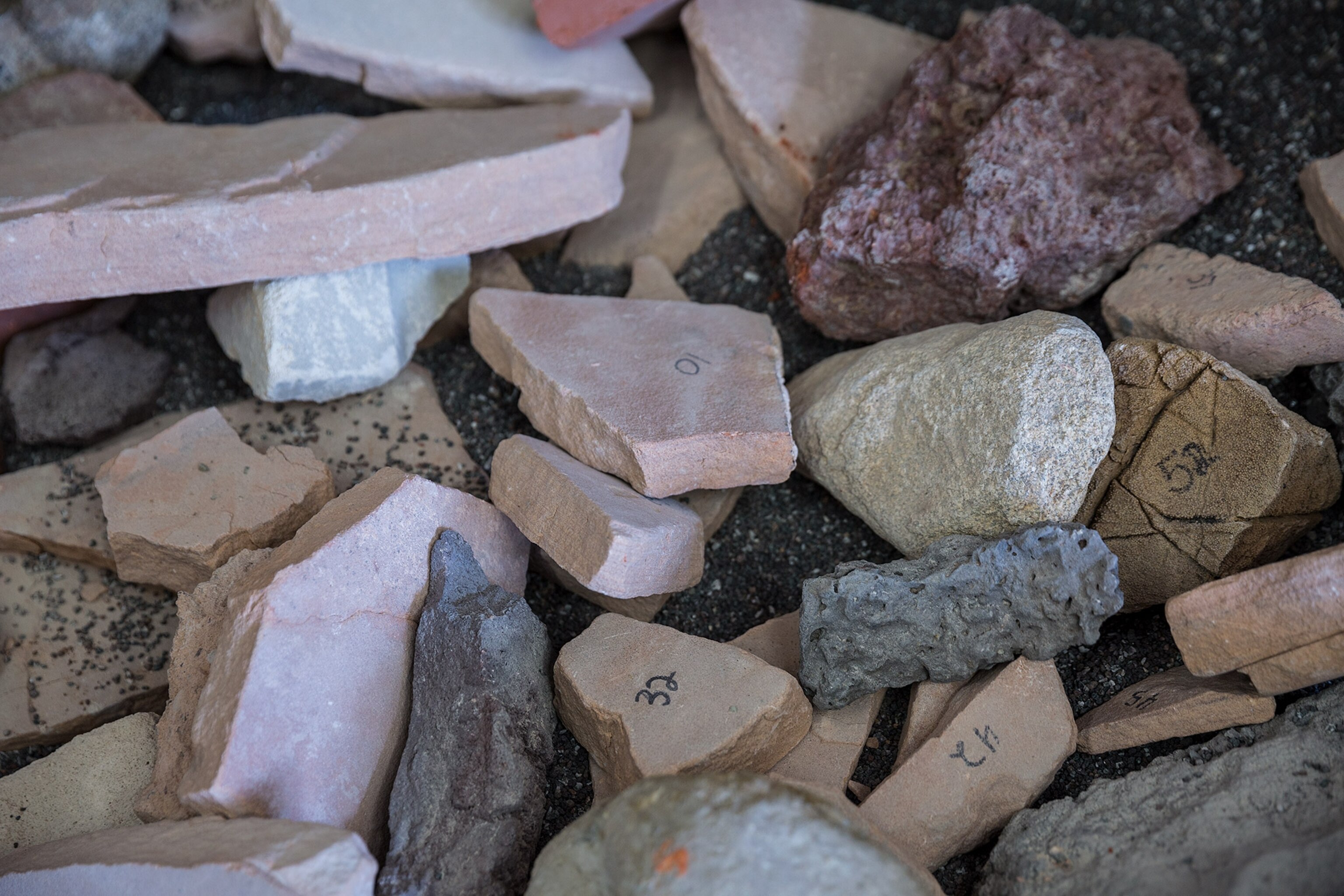
“Parachute deployment is always nerve-wracking, because it physically has to work – so that’s always a scary moment,” Wertz-Chen says.
Then, once the heat shield pops off, the spacecraft’s onboard radar will need to find and lock onto the ground. Data from that radar will tell InSight when it’s time to ditch its parachute and associated backshell. Importantly, the lander will also need to know when to fire the descent engines that are crucial for slowing it to a fall rate of five miles an hour.
“If the radar can’t find the ground for some reason, then that’s not a good thing,” Wertz-Chen says.
Re-creating reality
InSight will follow a ballistic trajectory to the surface of the planet – which means there’s no maneuverability once it enters the atmosphere. The goal is to set the spacecraft down inside the smooth plains of Elysium Planitia, a landing site that was specifically chosen to be flat and boring. That’s because the mission’s success relies on totally uninteresting, mostly rock-free terrain that won’t get in the way while the lander deploys a suite of sensitive instruments that will monitor the planet’s interior. (Here are five Mars mysteries yet to be solved.)
“Literally a parking lot is what we’re wanting, but if there are rocks, slopes … the deployment team is really going to have a job in front of them,” says Tom Hoffman, InSight’s project manager.

To truly get a feel for what they encounter after landing, the instrument deployment team is ready to re-create the spacecraft’s surrounding terrain in JPL’s In Situ Instrument Lab, a tightly controlled testbed that lets engineers accurately simulate Mars here on Earth -- including a working replica of the InSight spacecraft. Aiding them in that quest are 3D, augmented reality headsets; after InSight lands, it will snap photos of the surrounding terrain, which will be fed into those headsets as digital terrain maps. Then, engineers will be able to sculpt the testbed’s gravel to match the actual Martian landscape.
“We got our shovels and our rakes and some rocks all prepared to kind of ‘Mars-form’ and make this sandbox look like the surface of Mars,” says Jaime Singer, who’s on the instrument deployment team.
Ultimately, the team will practice deploying the spacecraft’s instruments in the relative safety of their earthly environment, then they’ll beam the appropriate command sequences to InSight.
Silicon simulations
Ahead of the landing, the scientists in charge also do many rounds of test runs in virtual environments. For any mission, the entry, descent, and landing team will run simulation after simulation, looking for all the possible tweaks they can make to the spacecraft’s programming in advance.
For InSight, Wertz-Chen has been feeding updated trajectory information into the simulations, then playing with a bunch of variables and studying the outcome. Her goal is to find the combination of anticipated variables that produces the highest probability of success. Ideally, that combination will be what’s already in the spacecraft’s systems. But if something needs adjusting, the team will send it a command with the edits.

“You never want to command a spacecraft if you don’t absolutely have to, because if you’re good with where you are, then you leave it alone,” she says. So, as long as the continually updated trajectory information suggests InSight is on track, everything should be good.
Wertz-Chen says she’s “cautiously confident” that the landing will go well: “There are so many things that have to go right to make this work. It’s always nerve-wracking and I’m definitely nervous.
And, as with Mars missions past, will there be lucky peanuts in mission control?
“Oh of course,” she says. “That’s a requirement.”






